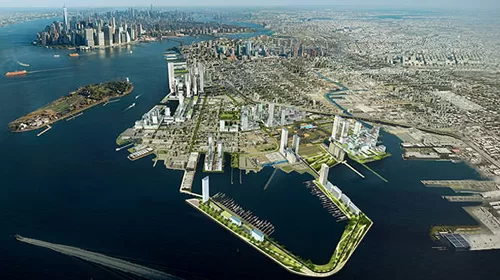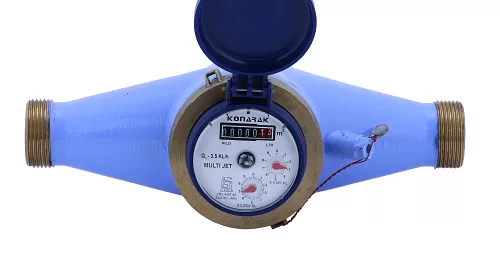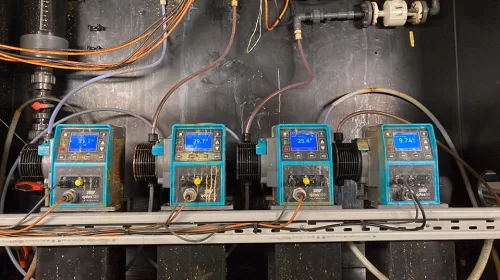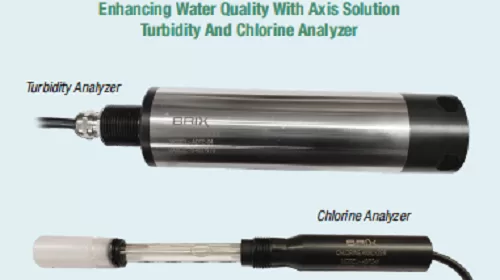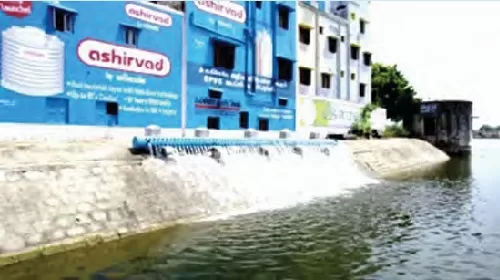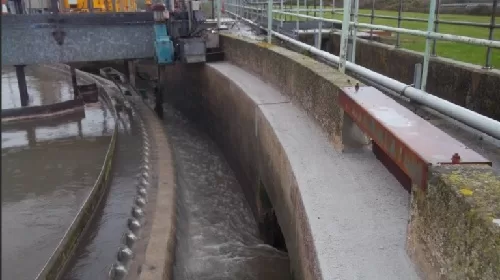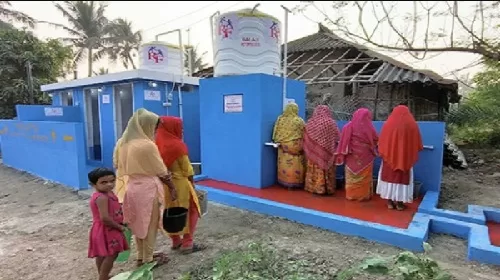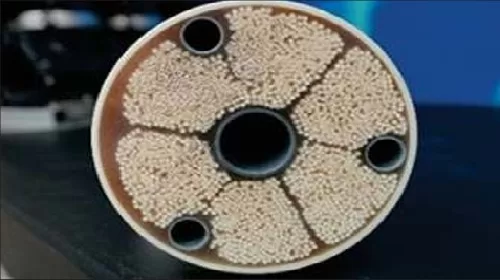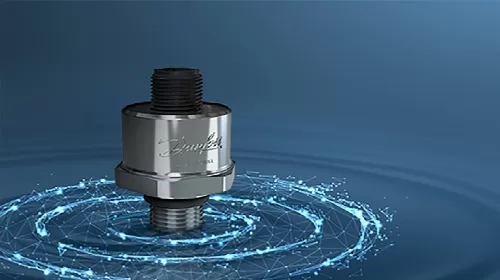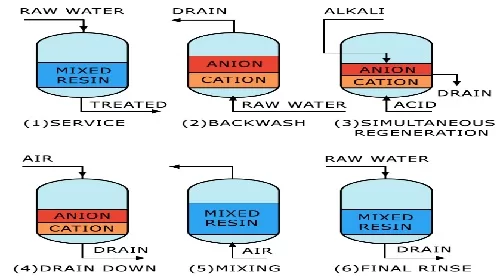India’s rapid urbanization has led to a pressing need for smarter, more sustainable infrastructure solutions. As the country continues to embrace the idea of smart cities, technology, data-driven decision-making, and sustainability are transforming urban planning. One of the critical components of this transformation is smart water management, which ensures that cities can meet the growing demands of a booming population while also preserving precious natural resources. UNDERSTANDING SMART CITIES A smart city is one that integrates digital technologies to improve the quality of life for its residents. Unlike traditional cities,…
Read MoreCategory: Tech 2.0
Smart Water Meters: Driving Behavioral Change for Sustainable Water Use
Smart water meters have revolutionized the way we manage and conserve water. Beyond providing accurate and real-time consumption data, these innovative devices profoundly impact behavioral change. By leveraging technology and psychological insights, smart water meters encourage households and businesses to adopt water-efficient habits. INCREASED AWARENESS Smart water meters provide users with detailed, realtime information on their water consumption. This transparency fosters awareness, enabling individuals to understand their water usage patterns. Studies have shown that simply being aware of one’s consumption can lead to up to 10% reductions. FEEDBACK LOOPS &…
Read MoreEfficient Dosing Solutions: How Qdos Pumps Minimize Maintenance Downtime At Saur’s Water Treatment Plant
By Adeel Hassan, Product Manager, Watson-Marlow Fluid Technology Solutions Saur has replaced faulty diaphragm pumps with cost saving Qdos chemical metering and dosing pumps from Watson-Marlow Fluid Technology Solutions (WMFTS) for dosing ferric chloride at one of its water treatment plants in Normandy, France. Ferric chloride, used for coagulation in the water treatment process, damaged diaphragm pumps and resulted in maintenance downtime for Saur, a leading France-based provider of water management services and technical water innovation. Saur, which supplies drinking water as well as wastewater treatment for industry and local…
Read MoreEnhancing Water Quality With Axis Solution Turbidity and Chlorine Analyzer: A Comprehensive Overview
By Dr. Bijal D. Sanghvi, Managing Director, Axis Solution In an era where water quality is a growing concern globally, the need for advanced monitoring and treatment solutions has never been more pressing. Axis Solution has emerged as a leading provider of cutting-edge technologies aimed at addressing water quality challenges. Among their innovative offerings, the Turbidity and Chlorine Analyzer stands out as a versatile and effective solution for various water monitoring needs. Let’s delve deeper into the statistics, advantages, solutions, and conclusions surrounding this essential tool. Statistics According to the…
Read MoreSWRO for water supply to coastal cities – A viable alternative – case study at Chennai
Abstract The water need of Chennai Metropolitan Water Supply and Sewerage Board (CMWSSB) to fully serve the said area by 2026 is 2248 million liters per day (MLD) whereas the maximum potential from surface water, ground water and sea water desalination (SWRO of 200 MLD) is only 1954 MLD. The cost of SWRO water is about Rs 55 per Kiloliter (Kl) whereas the tariff for public is just about Rs. 5 per Kl by Government subsidy which cannot be sustained for long. Out of 1810 MLD, 837 MLD is from…
Read MoreGrey water management and natural purification processes
INTRODUCTION Grey water refers to the wastewater generated from domestic activities, including water from bathrooms, kitchens, and laundry. While it is typically contaminated, it is not as hazardous as black water (from toilets). In areas with high population density, such as the Lower Ganges Basin and other river basins, managing grey water presents a significant challenge. This article discusses the natural purification and settlement processes of grey water that exist within local ecosystems. The primary contaminants found in grey water include: Detergents and Surfactants: From laundry and dishwashing soaps, these…
Read MoreEnhancing water security in rural India
The water scenario in rural India India’s development and self-reliance is dependent upon water security. At present, India ranks 2 in water consumption and 132 in water availability per capita. Although rural India comprises 66 percent of the country’s population, it accounts for approximately 80 percent of the nation’s total water usage, for agricultural purposes. The water availability in any region is dependent on natural factors like rainfall, river systems, hydro- meteorological and geological conditions, however, water availability per person is dependent on the population of a country. The per…
Read MoreHow innovative microbial formulations can enhance ultrafiltration membrane longevity
From the past few years, the significance of ultrafiltration membrane technology in wastewater treatment has grown a lot. It is universal and is able to produce high-quality treated water, making it a key component in modern wastewater treatment processes. However, due to various factors there are concerns that must be taken into consideration before incorporating it into the wastewater treatment. In this article, we will explore the importance of UF membrane technology, address the cost concerns, and introduce innovative solutions to enhance the longevity of this membrane technology. Let’s first…
Read MoreTransforming urban landscapes with digital water solutions and revolutionizing smart cities
The concept of smart cities is rapidly gaining momentum as urbanization continues to increase and water demand rises. The integration of digital technologies and innovative strategies has become imperative in efficiently managing water resources in urban environments. The amalgamation of cutting-edge technologies, innovative strategies, and the concept of Smart Cities is revolutionizing the way water within these densely populated environments is perceived, managed, and utilized. As cities continue to evolve, the integration of advanced technologies and data-driven strategies becomes pivotal in safeguarding the future of urban water resources. Embracing these…
Read MoreRegenerated resins for a greener future
As populations surge and industries expand, the demand for clean water is reaching unprecedented levels. However, the conventional approach in the industry, relying on single-use ion exchange resins, carries a substantial environmental cost. In the current linear model, significant quantities of virgin resources are consumed, greenhouse gases are emitted, and landfills bear the weight of discarded resins. However, with resin regeneration, there is potential for a more sustainable way forward. Resins revitalized – a greener horizon Resin regeneration is the process of rejuvenating exhausted water treatment resins, extending their lifespan,…
Read More

